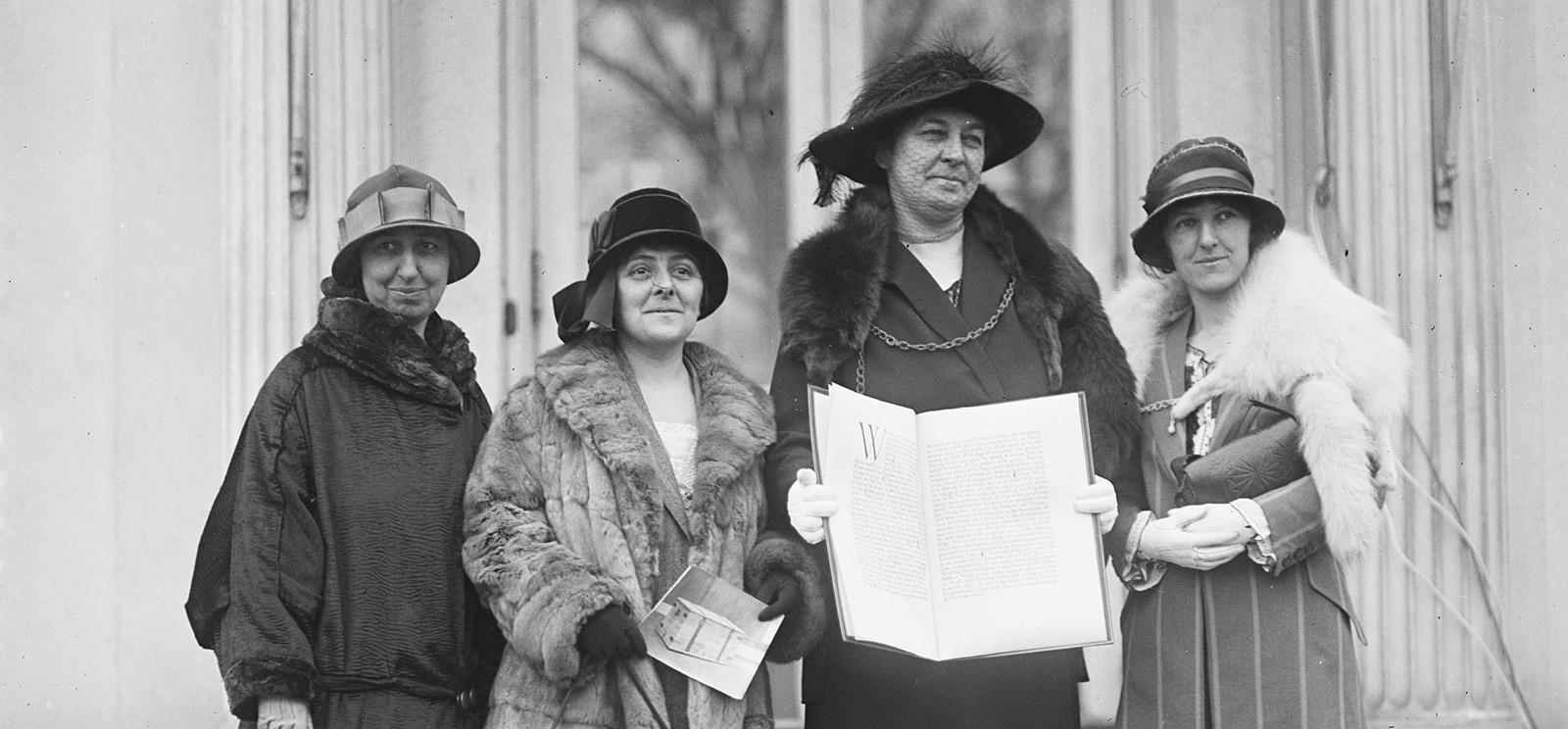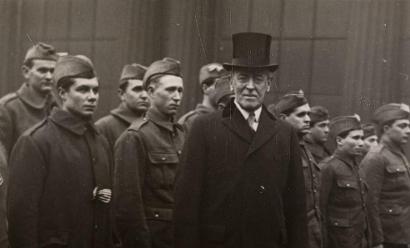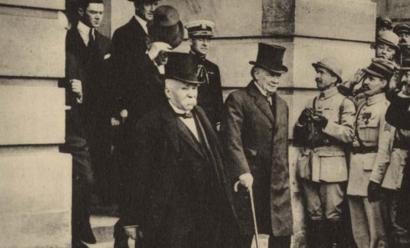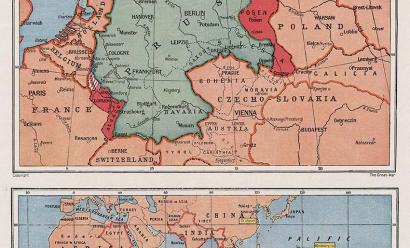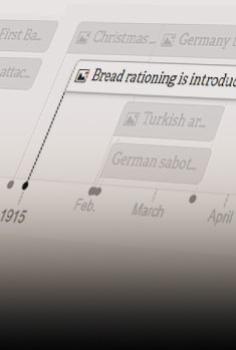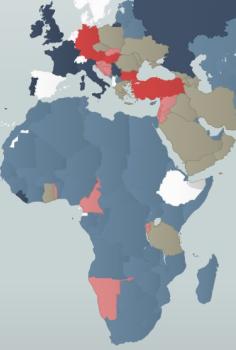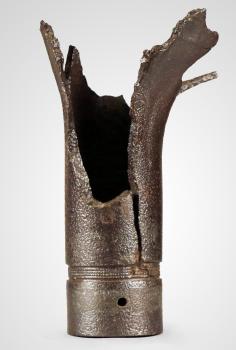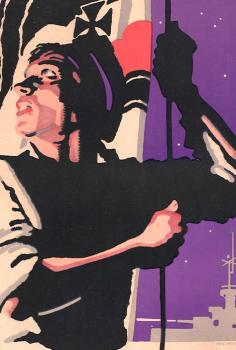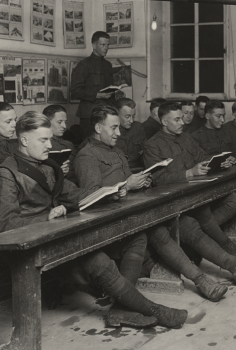In the wake of World War I, a remarkable movement emerged from Wales – a small nation with a then-population of just under two and a half million that was reeling from the loss of about 40,000 young men. Spearheaded by the Welsh League of Nations Union (WLNU), the brewing movement – led by women and targeted to women – was driven by a deep-seated desire for peace through international cooperation and the profound spirit of grassroots activism.
For the WLNU (formed in 1922) lasting peace meant supporting the League of Nations and educating the Welsh about global events. The United States Senate had just rejected the League of Nations, a key part of the Treaty of Versailles. The WLNU, with Annie Hughes Griffiths at the helm, saw an opportunity: engage American women in the peace process through the power of petition.
Learn about the legacy of the Paris Peace Conference and League of Nations:
WLNU director Gwilym Davies proposed sending Welsh women as peace delegates to the United States to leverage the newly gained voting rights of American women to influence U.S. senators. Then the WLNU launched an extraordinary campaign: through local meetings and door-to-door efforts in Wales, they gathered 390,296 signatures in just a few months.
The appeal's messages were clear: first, a plea for peace; and second, a call for American women to influence their government to join the League of Nations. It played on shared values and experiences, particularly highlighting the sacrifices made during WWI, to emphasize historical connections between Wales and the United States and reflect a shared history and a mutual desire for a world without war.
In Jan. 1924, Mary Elizabeth Ellis arrived in New York as the first delegate. American women met her and subsequent delegates with enthusiasm and support, including prominent figures like Eleanor Roosevelt and Carrie Chapman Catt. A formal event at the Biltmore Hotel in New York gave significant visibility to the Welsh mission, which later traveled to Washington, D.C. where delegates presented the petition at the National Committee for the Prevention of War.
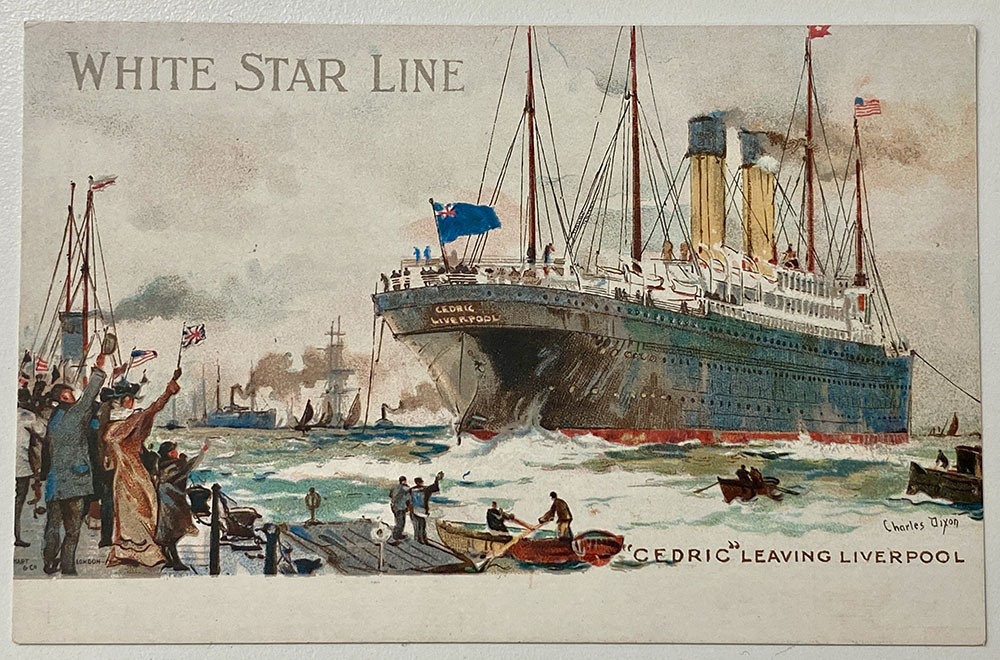
Courtesy Cymru dros Heddwch (Wales for Peace) →
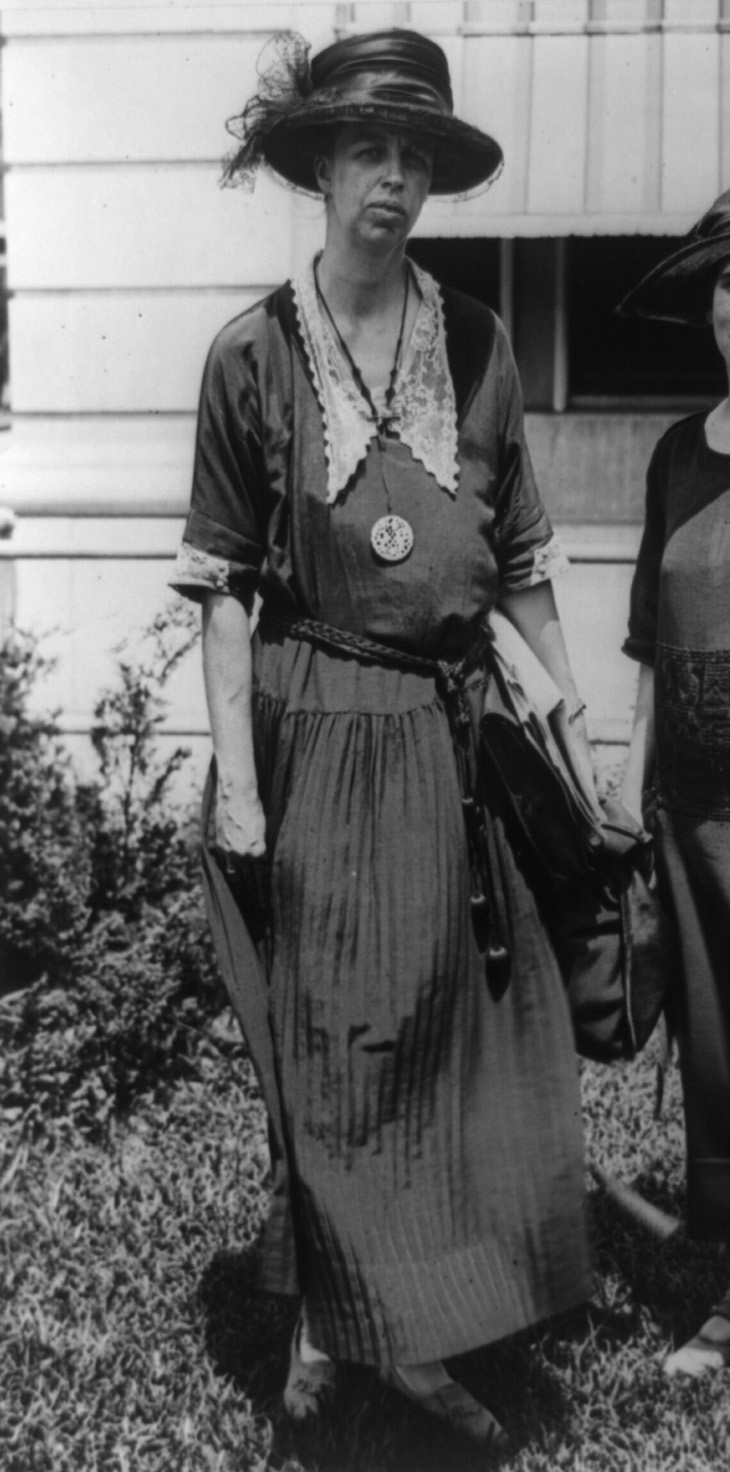
Courtesy Library of Congress →
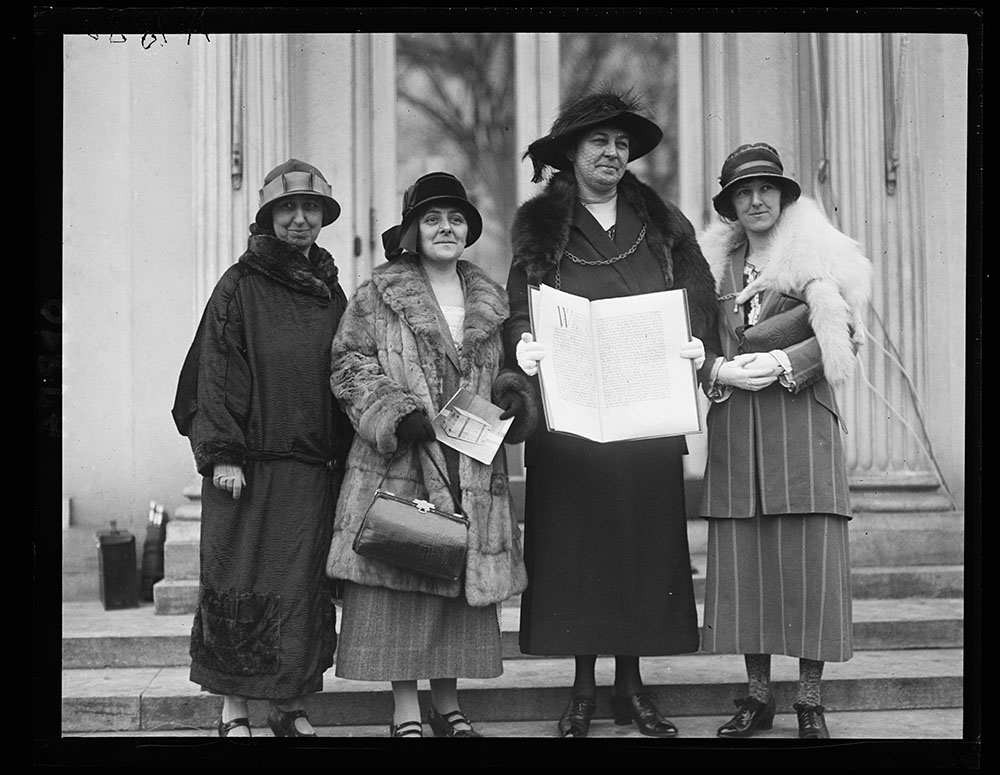
Courtesy Library of Congress →
The delegates, including Griffiths, Ellis and Elined Prys, embarked on a tour across America, giving speeches and talking to the press. This tour was not just about presenting the petition; it was also a mission to build bridges and foster international understanding.
Though they did not achieve their immediate goal of convincing the U.S. to join the League of Nations, their visit made a significant impact. It contributed to the establishment of the National Committee on the Cause and Cure of War, an education and lobbying group composed of several national U.S. women’s organizations; and later, the U.S. Senate ratified the Kellogg-Briand Non-Aggression Treaty of 1928. With signatures from 47 nations, the Treaty represented a high point for the women’s peace movement.
In Wales, the peace movement continued to gain momentum. Women joined international peace organizations, and Annie Hughes Griffiths became a prominent figure in these efforts. This movement's legacy was not just in its immediate achievements but also in the spirit of peace advocacy it fostered.
The rediscovery of the peace appeal documents in 2014 in the Welsh Temple of Peace in Cardiff rekindled interest in this remarkable episode of history. In response to finding the documents, an organization called Heddwch Nain/Mam-gu (Our Grandmother’s Peace) was founded in 2018 to further research and commemorate the initiative. Not long after, the original peace appeal, chest and signatures were rediscovered in the Smithsonian Institution in Washington, D.C. While the original Appeal remains in the collection of the Smithsonian, the chest and the petition's volumes of signatures were re-gifted to the National Library of Wales in 2023.
The documents serve as a tangible reminder of the power of collective action and the enduring quest for peace. They illustrate how a small nation, driven by the scars of war and the impact of committed individuals, can inspire and influence the international community.
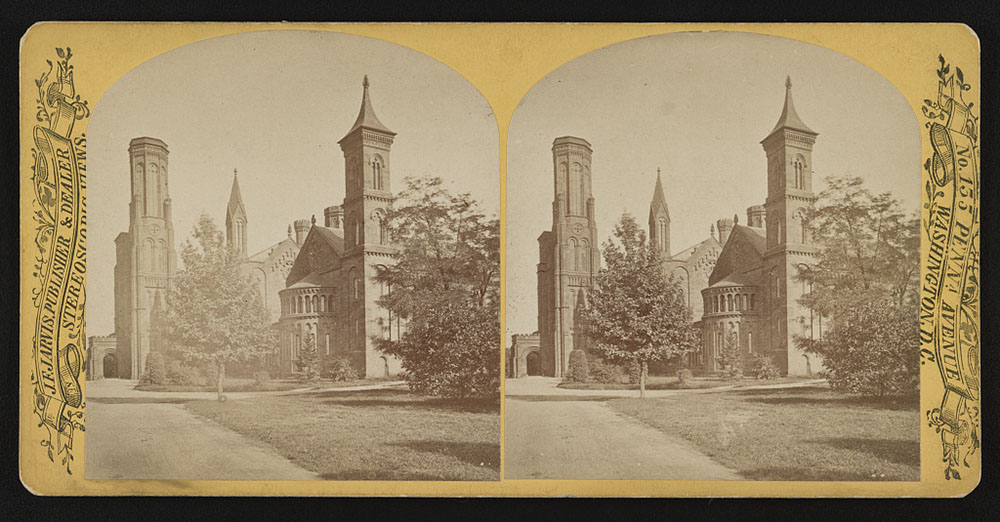
Courtesy Library of Congress →
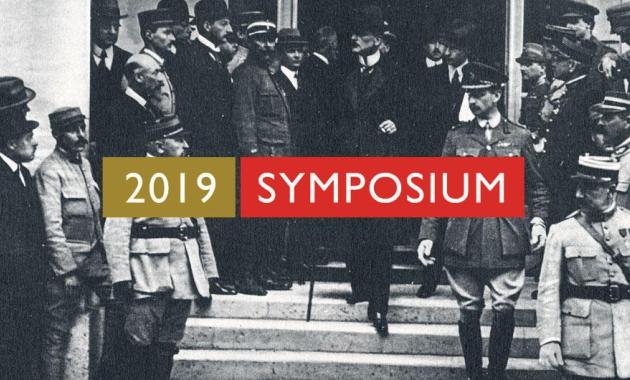
1919: Peace?
Dig even deeper into what post-WWI peace meant for different people and countries – from Turkey to Russia to the U.S. – with this free series of lectures from distinguished scholars and professors during our 2019 Symposium.
